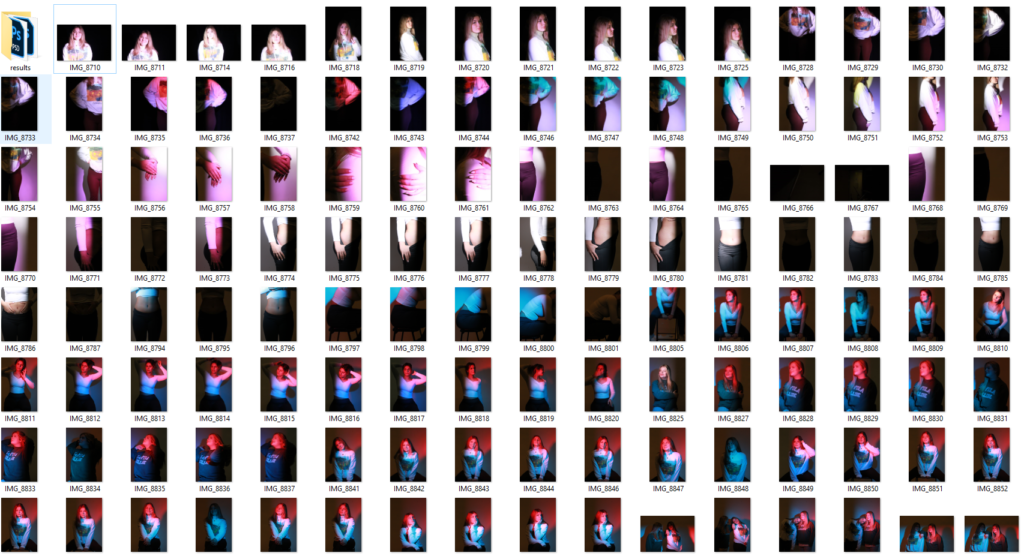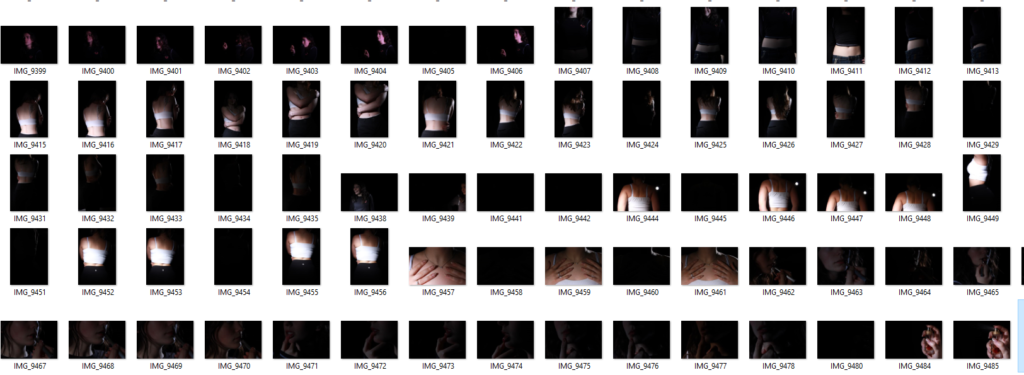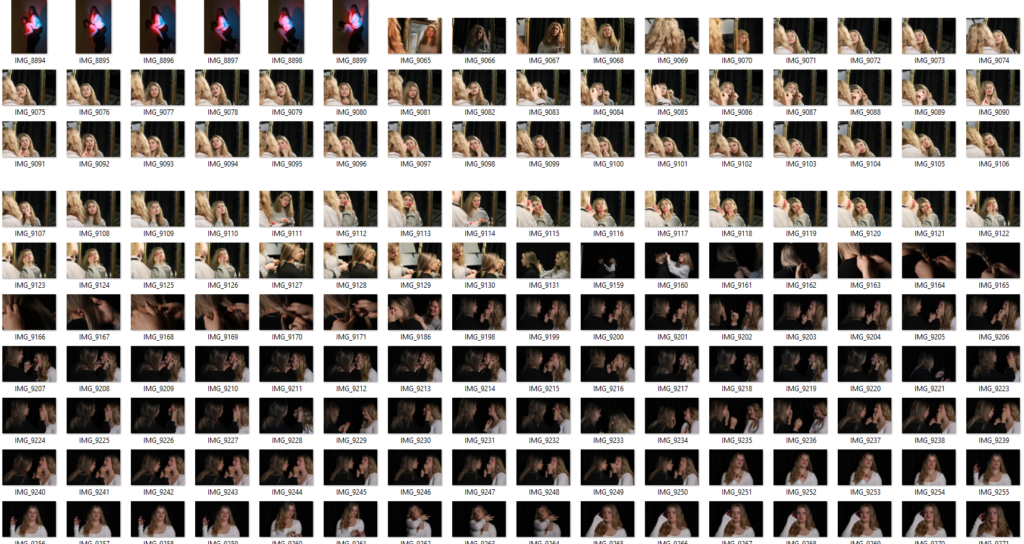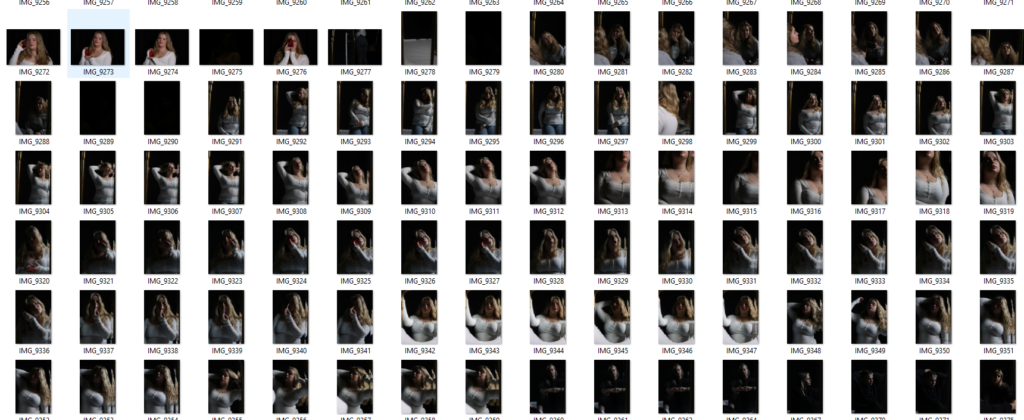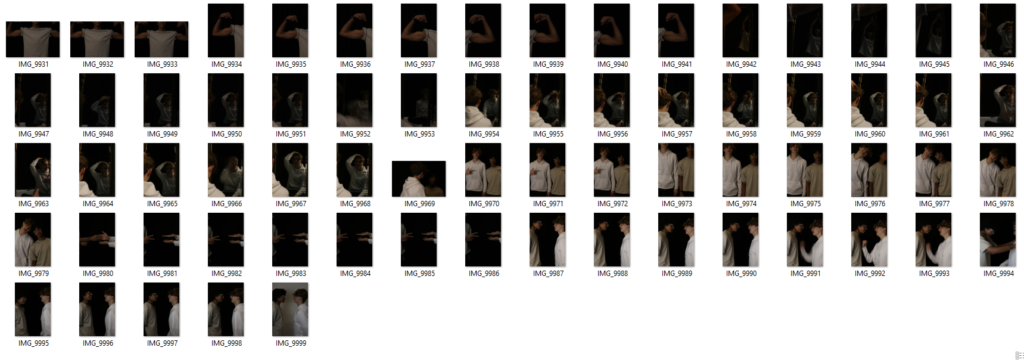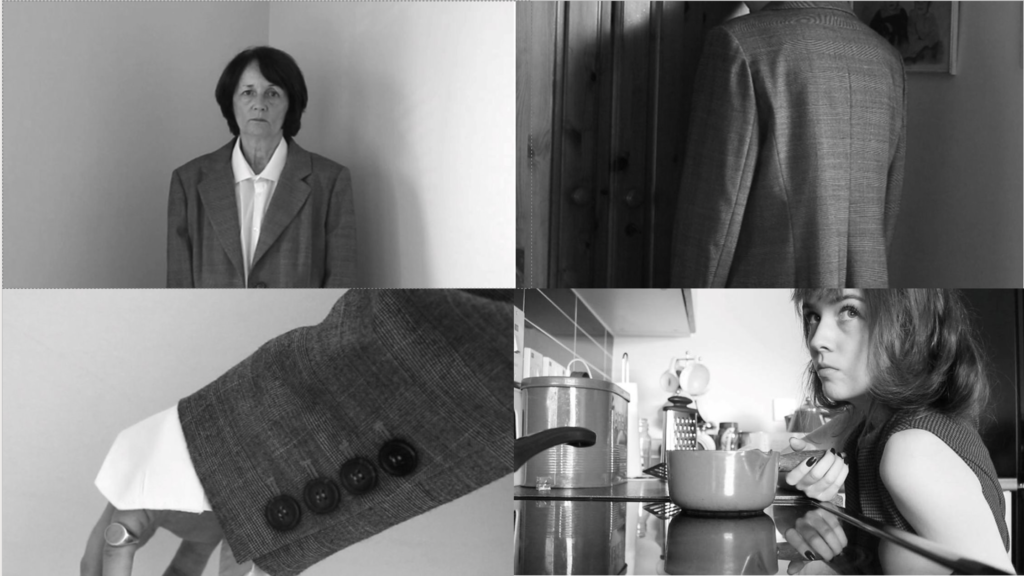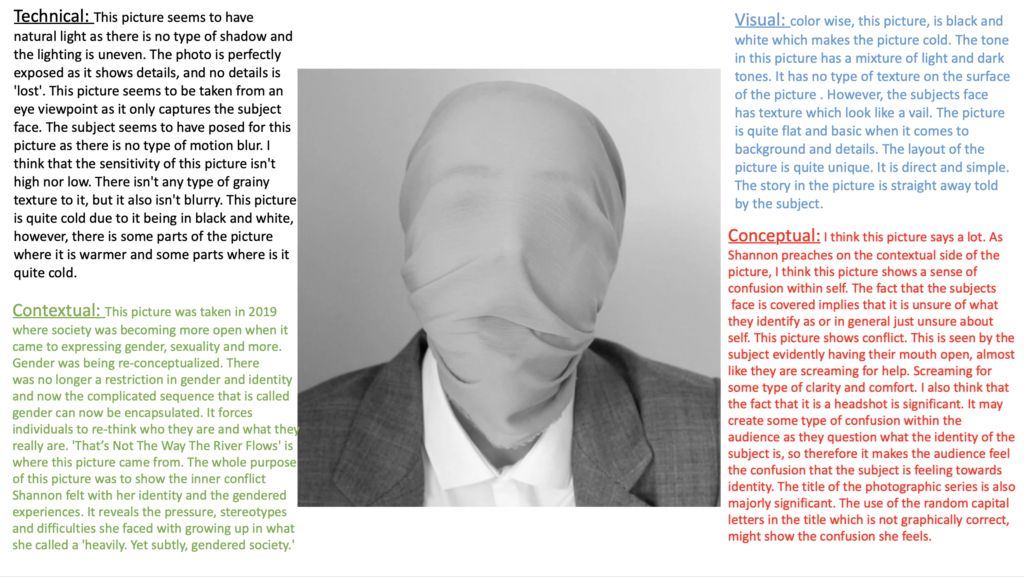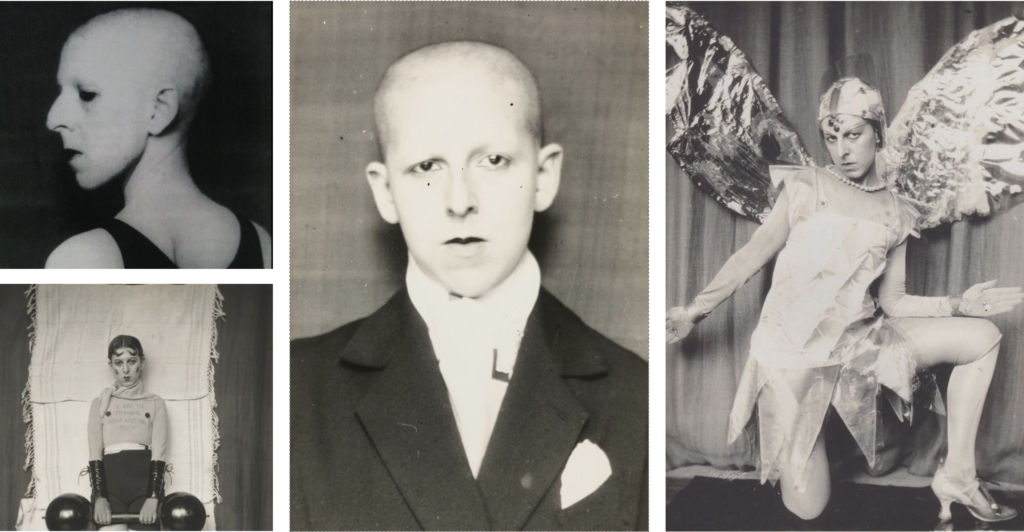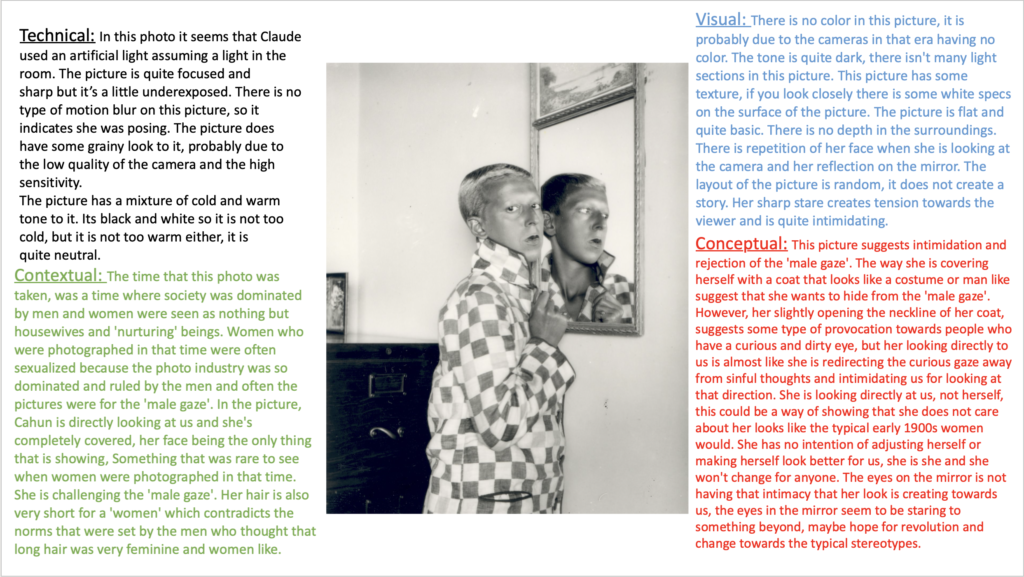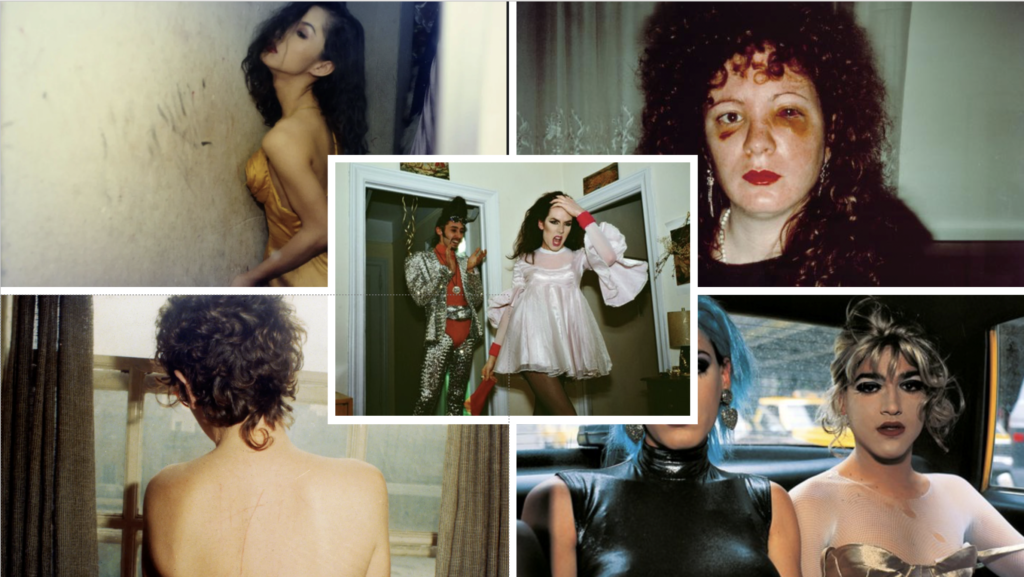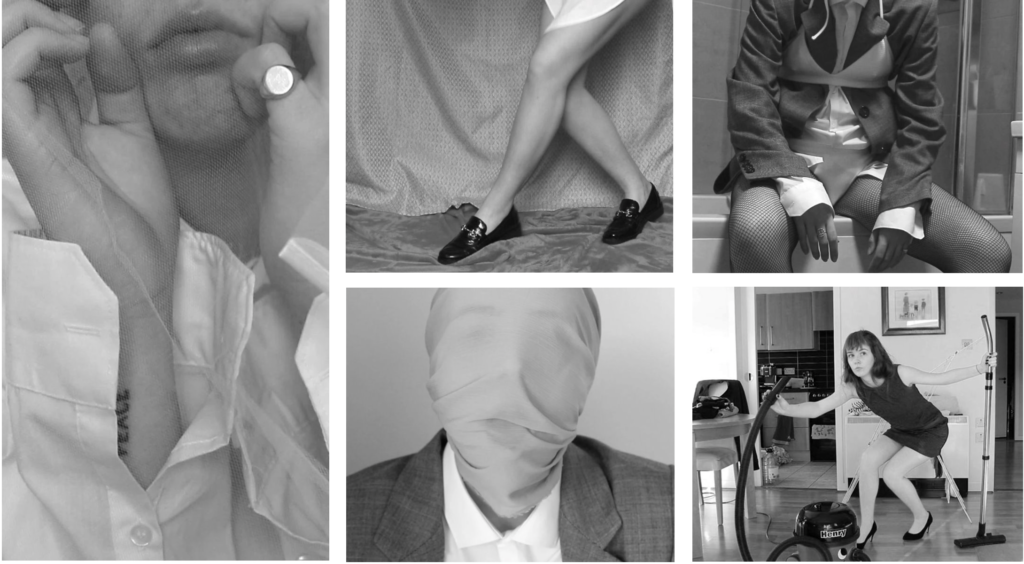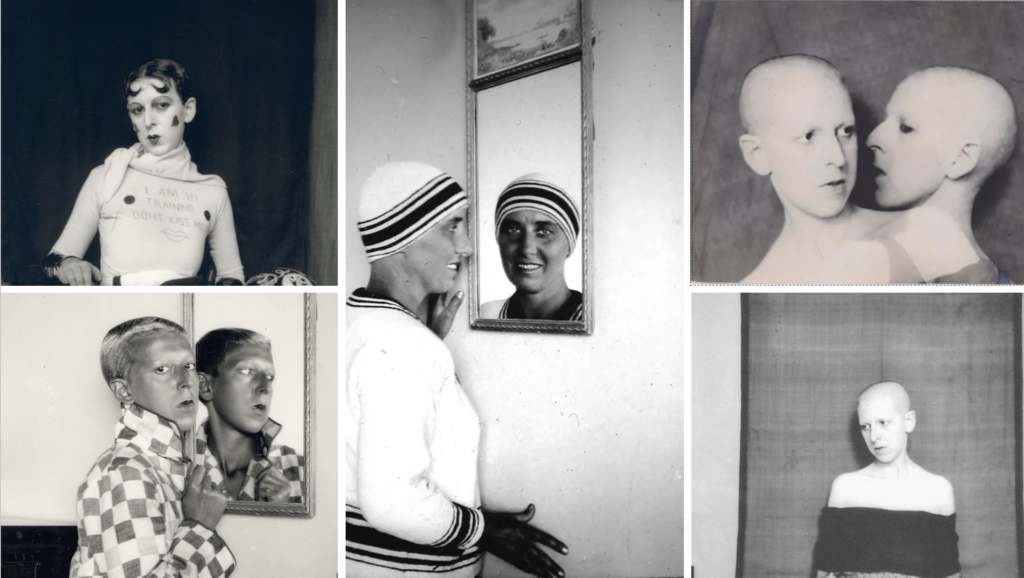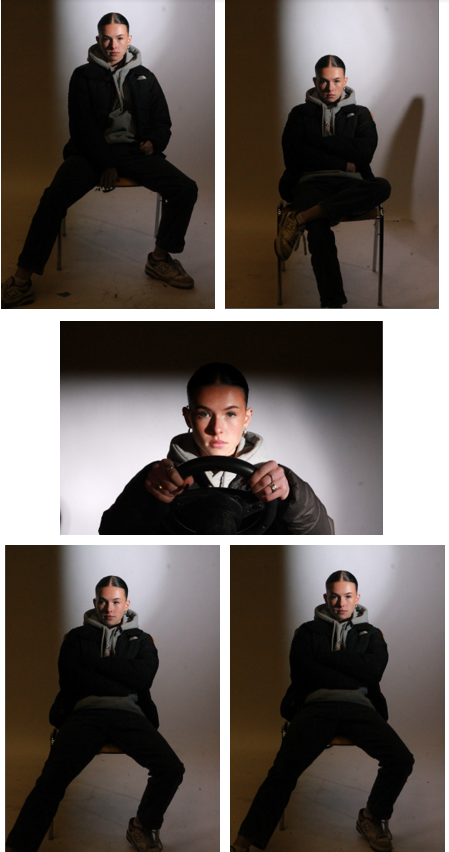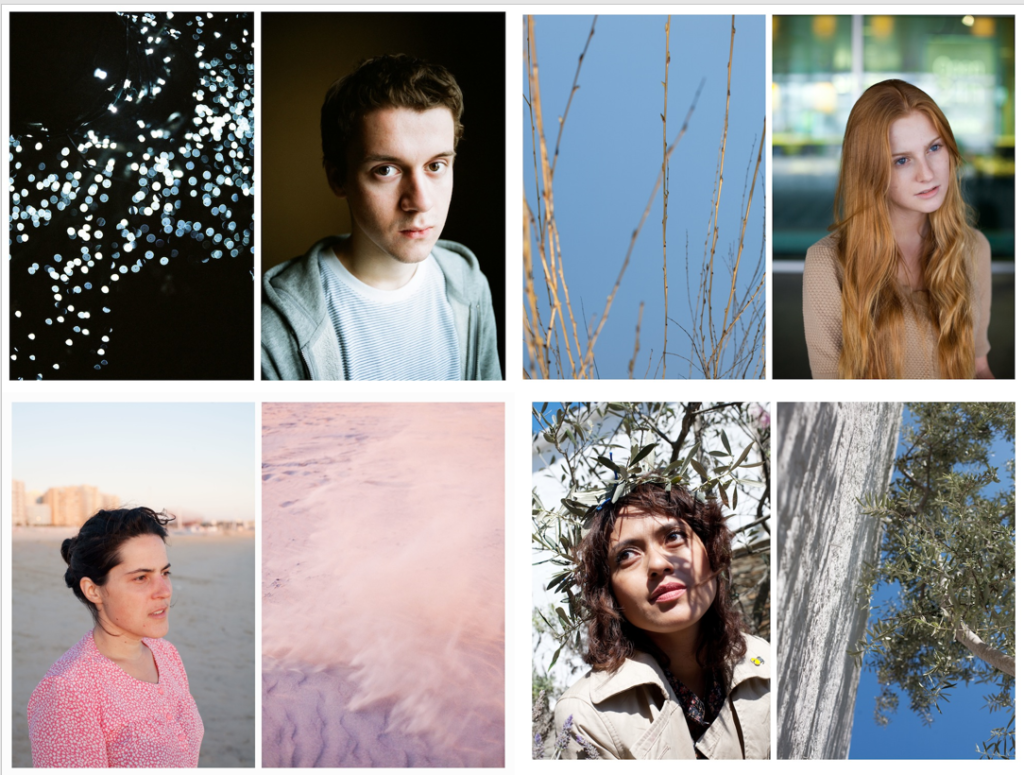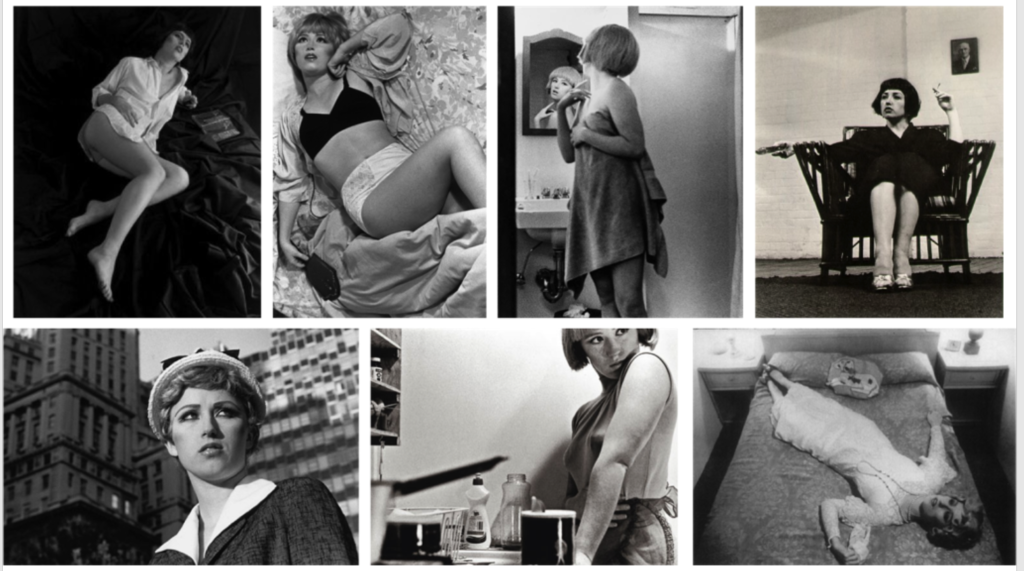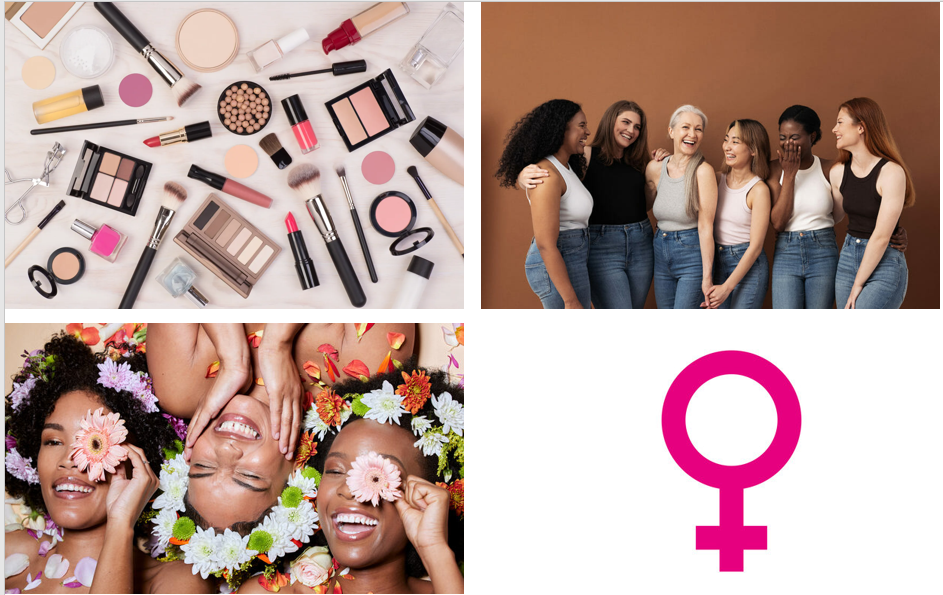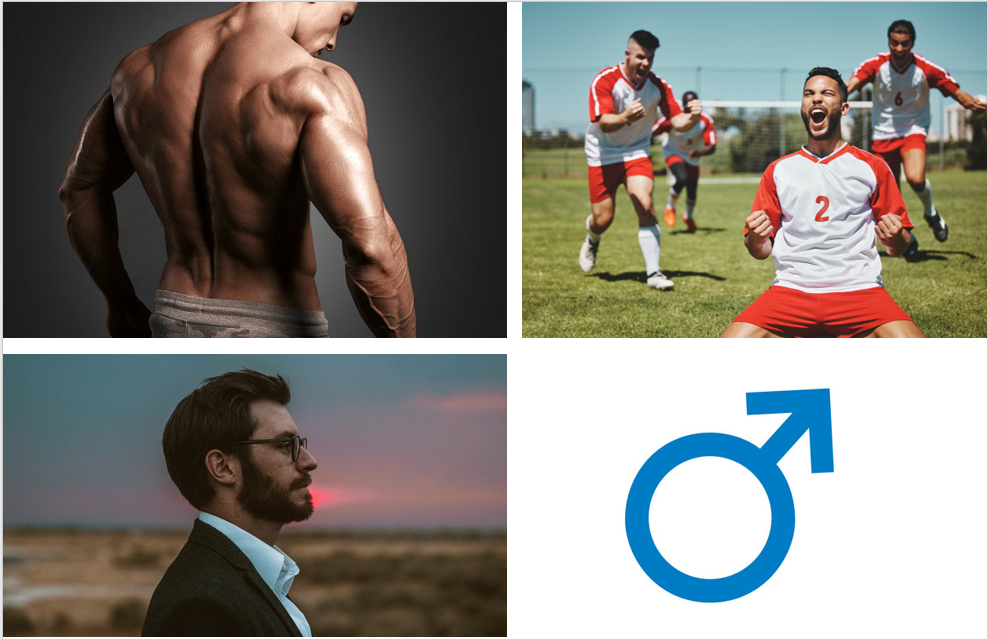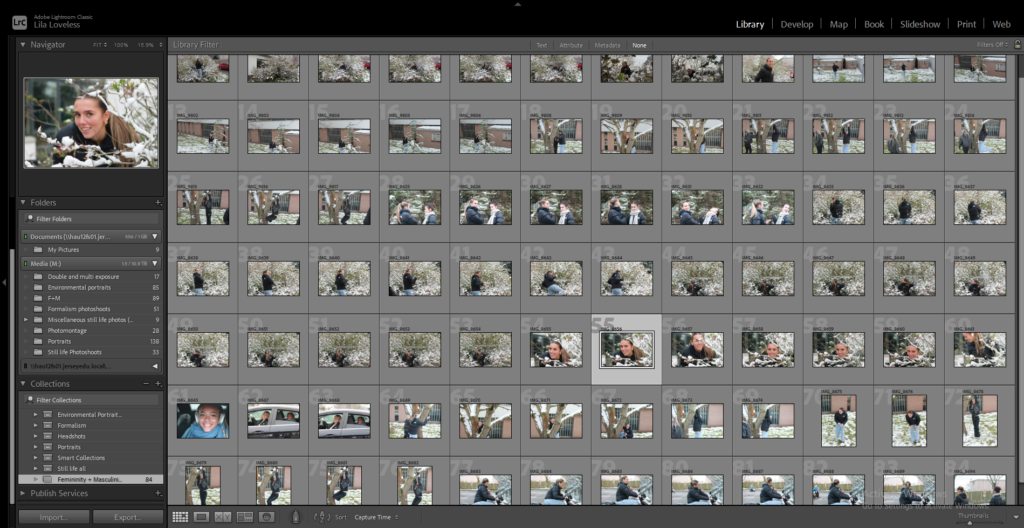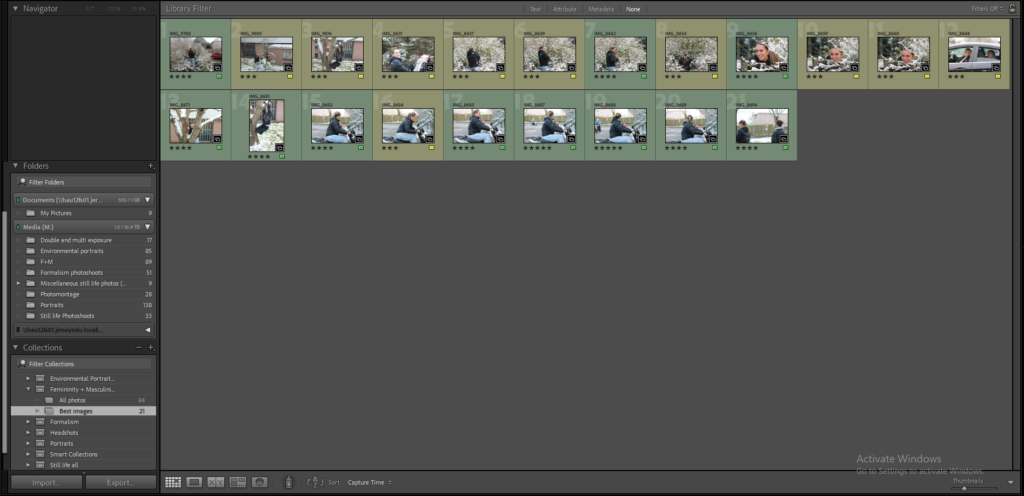Cindy Sherman
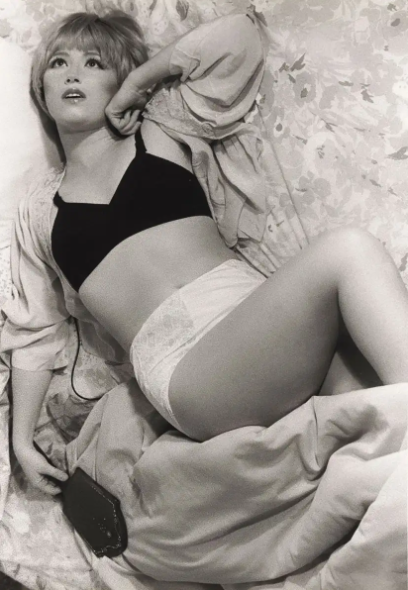
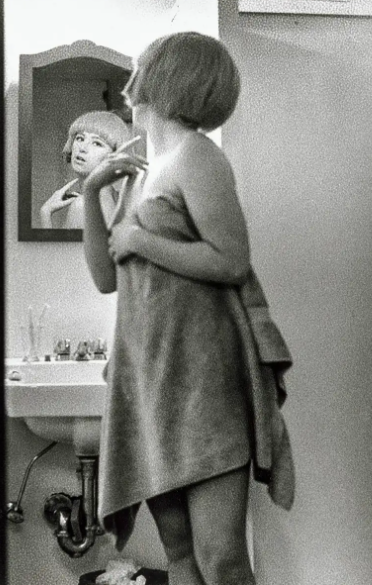
The art historical canon was heavily criticized for its lack of female artists and widespread use of stereotypical images of women. Some female artists began to use their work as a means of re-representing female identity and deconstructing prevailing cultural expectations of femininity. One of these was contemporary artists Cindy Sherman who, in her photographs, takes on the role of many female identities found throughout Western culture. These photographs portray struggles over women’s identity and the way we come to know and understand ourselves through culture, and can be critically analysed using feminist social constructionist theories that challenge the idea of a fixed femininity.
In Sherman’s Hollywood-like stills, she alters her identity using filmmaking tools such as costume, lighting, setting and composition
Sherman deliberately gave up the conventions of fashion photography, causing French vogue to ultimately reject the works for their magazine. However, other fashion editors and designers received her works enthusiastically.

In this photo it shows a woman in the kitchen, this is stereotyped as femininity as women were stereotyped to cook and care for themselves and the family etc. This would show challenging femininity in the 20th century because of how the woman is photographed. The shopping bag is ripped on the floor and the woman is picking it up.
Claude Cahun
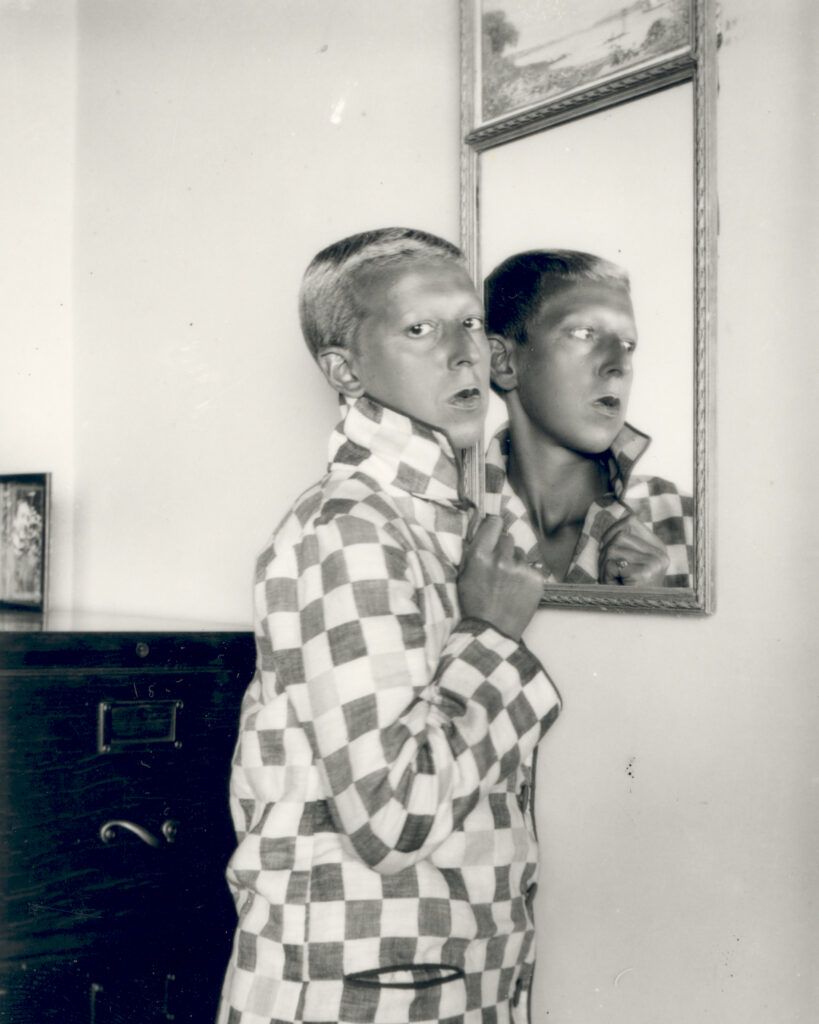
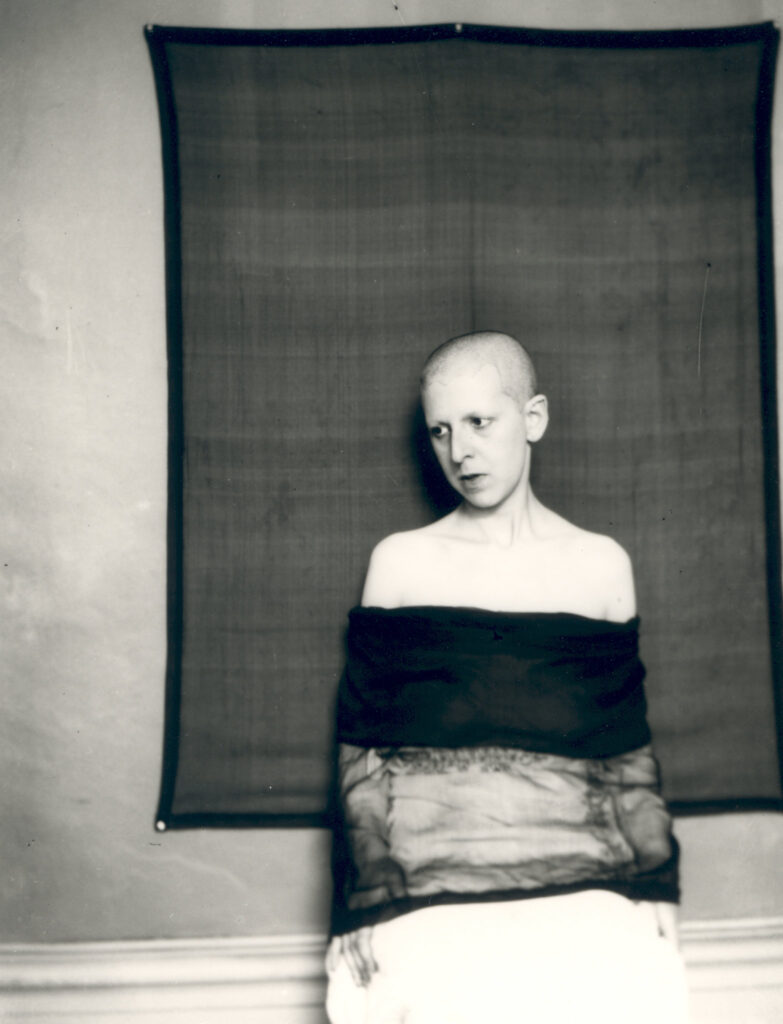
Claude Cahun, born Lucy Schwob was a French surrealist photographer, sculptor, and writer. Lucy took to the name, Claude Cahun in 1914. Cahun is best known as a writer and self-portraitist, who assumed a variety of performative personae
Cahun’s connection with Jersey began early, with childhood holidays spent in Jersey and Brittany. She was born Lucy Schwob in Nantes, France to a wealthy Jewish family. But in her late teens and early twenties Cahun had been looking for a new, gender-neutral name for a while. She fixed on the name Claude Cahun in 1918. At that time she was in a same-sex relationship with Suzanne Malherbe, who used the name Marcel Moore. They had become step sisters in their mid-teens and at some point a closer relationship developed.
Initially they found life in Jersey to be a ‘holiday without end.’ But with the prospect of a Nazi invasion of Jersey looking very likely in 1940, they refused to be evacuated back to England. Instead the women decided to mount an underground resistance campaign following the Nazi’s occupation of the Island in June 1940. Their campaign largely took the form of propaganda in the form of fake news sheets, authored by listening to the BBC on an illegal radio and then translated into German by Moore. These were left in places German soldiers might find them.
Cahun and Moore ended up in prison in St Helier and narrowly avoided a sentence of death. They remained in jail until 9 May 1945, the day Jersey was liberated. in late 1954, Cahun was taken into hospital and died on 8 December, aged 60. Moore lived on in Jersey until 1972, when she ended her own life.
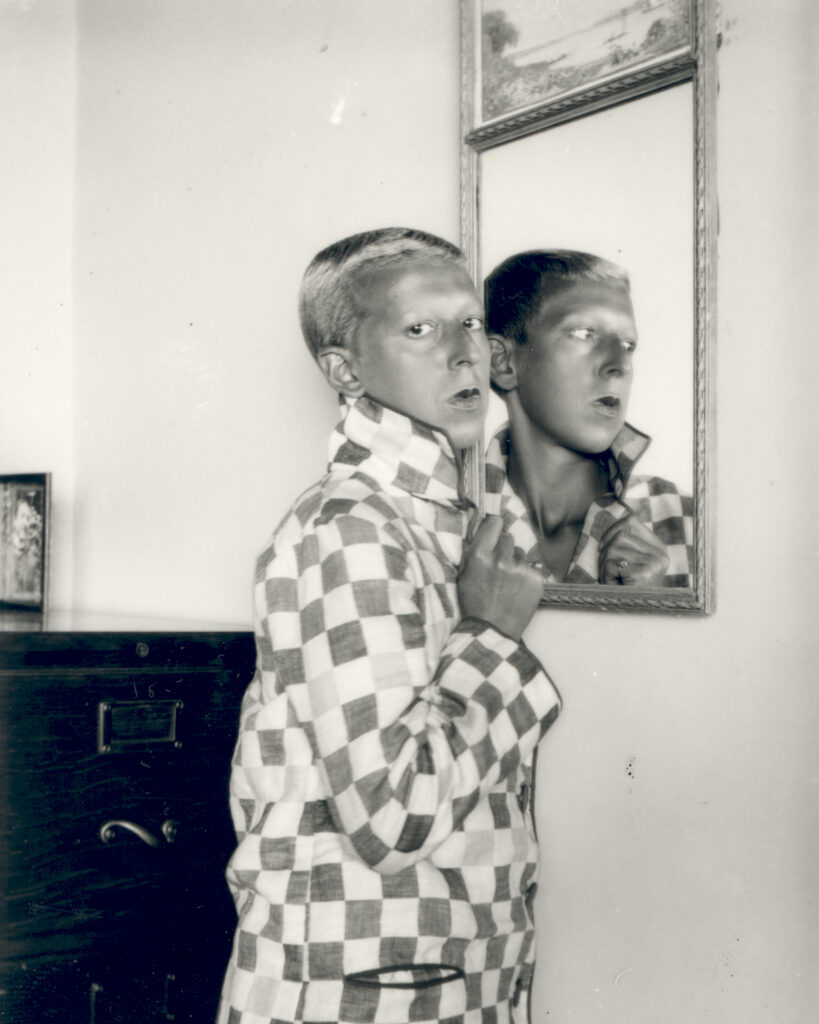
This photograph to me, represents the challenge of normality of identity in the 20th century. I find this photo the most intriguing, as Claude Cahun shaved her head to challenge the gender roles and show her own way of self expression. In this photo Claude Cahun is presented in a very masculine way, the way she had positioned herself is very a very masculine pose but the patterned clothes and mirror add a feminine vibe to a masculine photo. The way she has positioned herself next to the mirror looking into the camera with the mirror reflecting her eyes to look away could add to the stereotype that men are confident and will look straight into your eyes and that women are more shy, timid and less confident than men.

